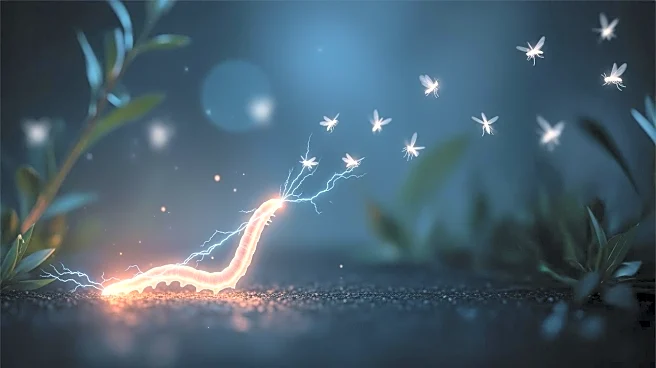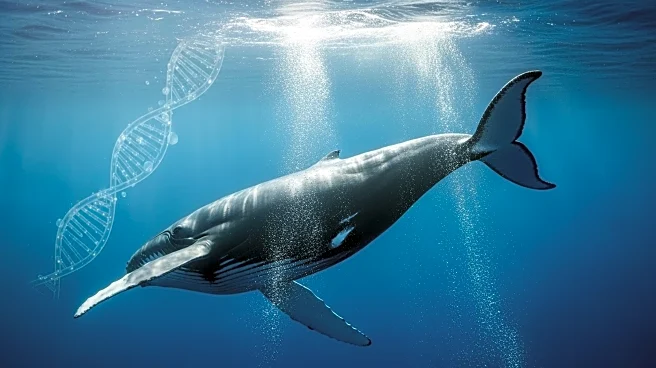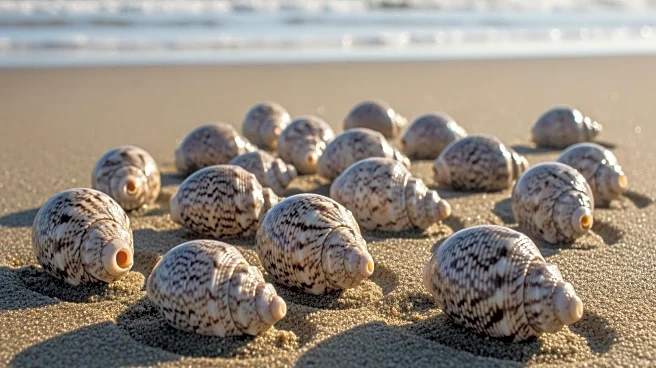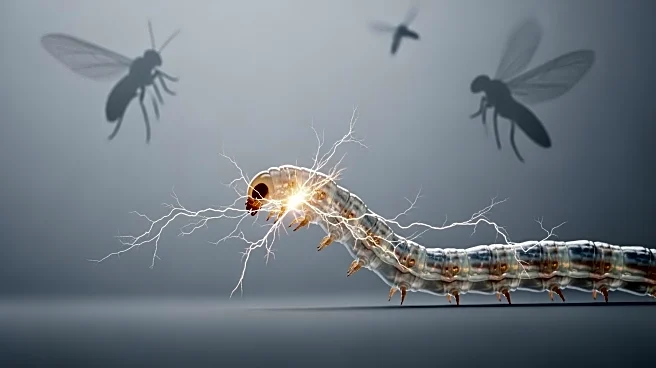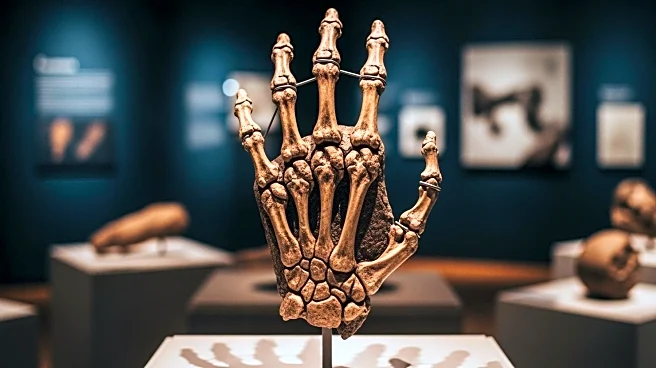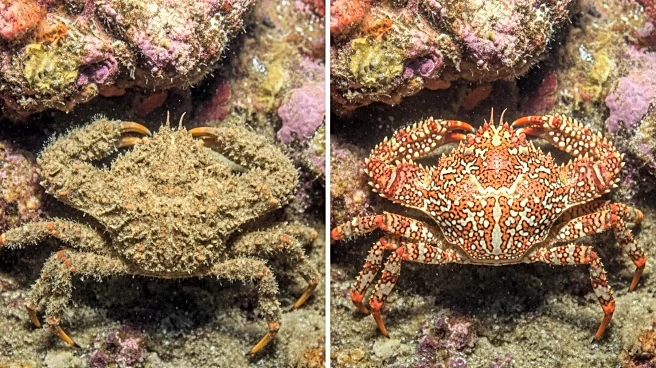What's Happening?
Researchers have successfully revived a nematode worm, Panagrolaimus kolymaensis, that was frozen in Siberian permafrost for over 46,000 years. The nematode was discovered in the Kolyma River region and
identified as a new species through phylogenomic analysis. The worm's genome revealed it is triploid, reproducing through parthenogenesis, allowing a single female to establish a new lineage. The study highlights the worm's ability to survive extreme conditions through cryptobiosis, a state where life processes are paused. This discovery provides insights into evolutionary processes and the potential for long-term biological preservation.
Why It's Important?
The revival of Panagrolaimus kolymaensis underscores the potential for ancient organisms to re-enter modern ecosystems as permafrost thaws. This could introduce genetic diversity and survival strategies from the past into current environments. The study also offers valuable insights into cryptobiosis, which could enhance biobanking and the preservation of biological materials. Understanding these mechanisms may lead to improved protocols for storing cells and tissues, reducing risks and chemical use in medical and research applications.
What's Next?
As permafrost continues to thaw, more ancient organisms like Panagrolaimus kolymaensis may be released, potentially impacting ecosystems. Researchers will likely continue to study these organisms to understand their survival mechanisms and genetic contributions. The findings could influence biobanking practices and the development of new preservation techniques, benefiting fields such as medicine and agriculture.
Beyond the Headlines
The discovery of Panagrolaimus kolymaensis highlights the resilience of life and the potential for organisms to survive extreme conditions over geological timescales. This raises questions about the limits of life and the potential for similar survival strategies in other extreme environments, such as outer space. The study also emphasizes the importance of preserving permafrost regions, which hold valuable scientific information about Earth's past.




